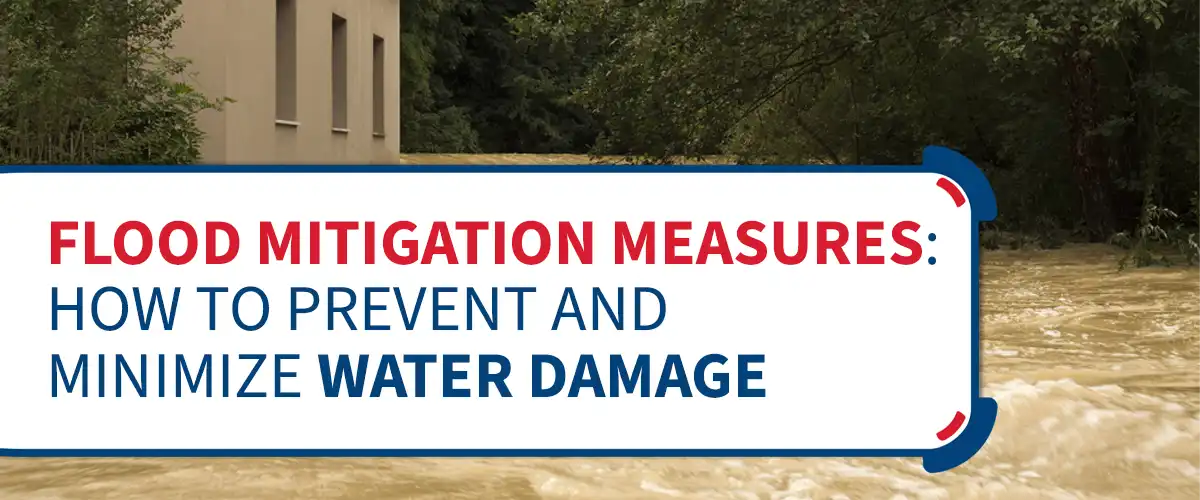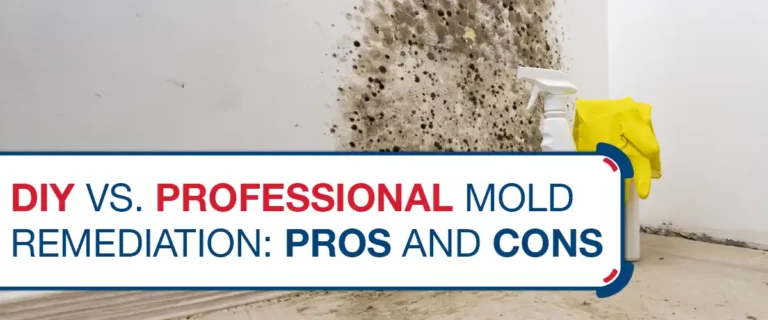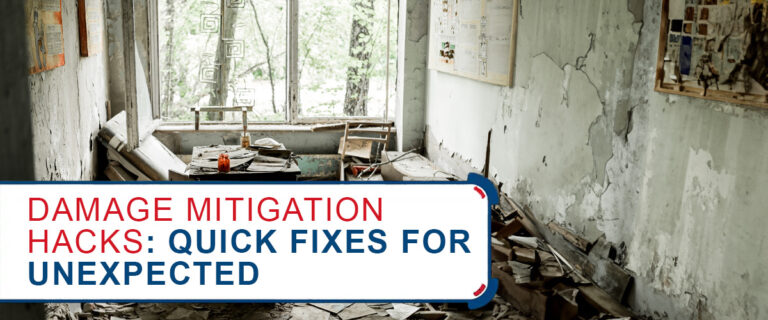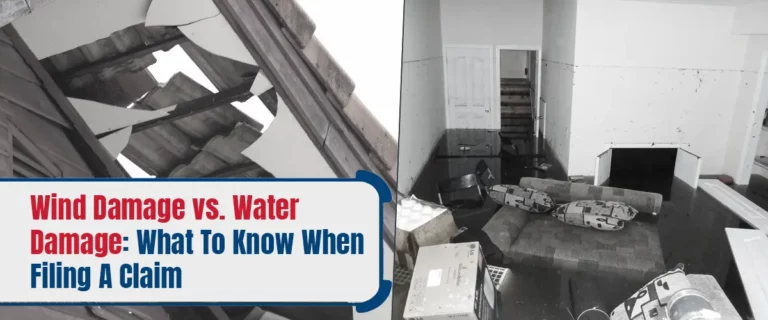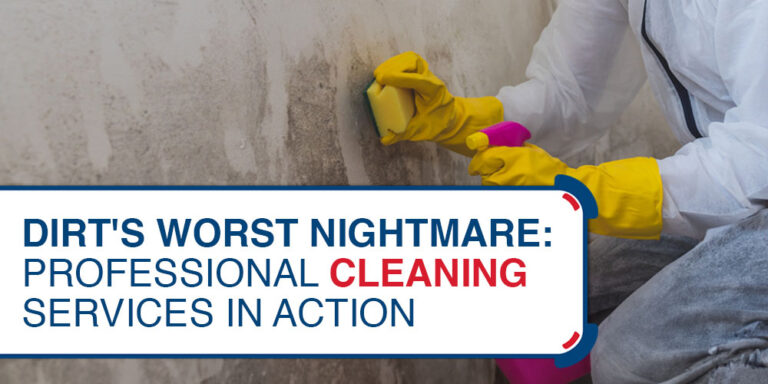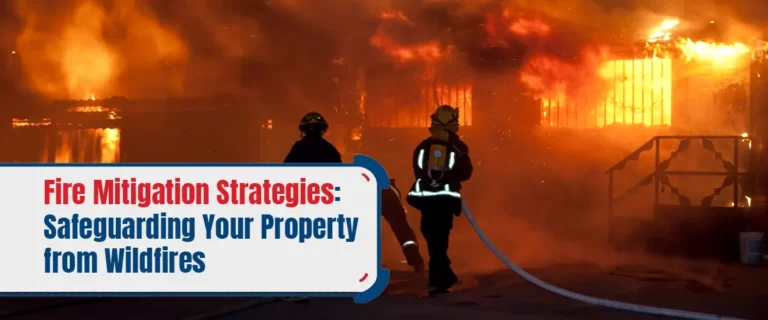Every year, floods impact communities worldwide. These events often hit close to home —affecting our neighbors, friends, and families. More than that, flooding can drastically change every individual life, damaging homes and erasing cherished memories in an instant. But what can be done to mitigate these damages? Sit back as we guide you through practical measures and insights to prevent and minimize water damage.
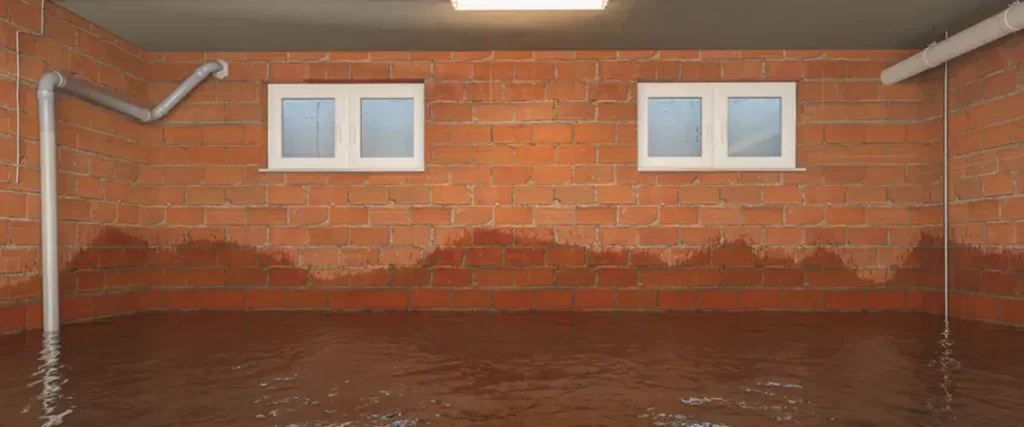
What Is Flood Mitigation?
Flood mitigation involves actions and strategies to reduce or stop the adverse effects of floods. This covers various steps, from infrastructural solutions like drainage systems to planning initiatives such as elevating buildings in flood-prone areas and community awareness programs. The primary goal is to safeguard lives and reduce property damage—preventing floodwaters from reaching vulnerable regions—with professional help from water damage repair services in Kansas City.
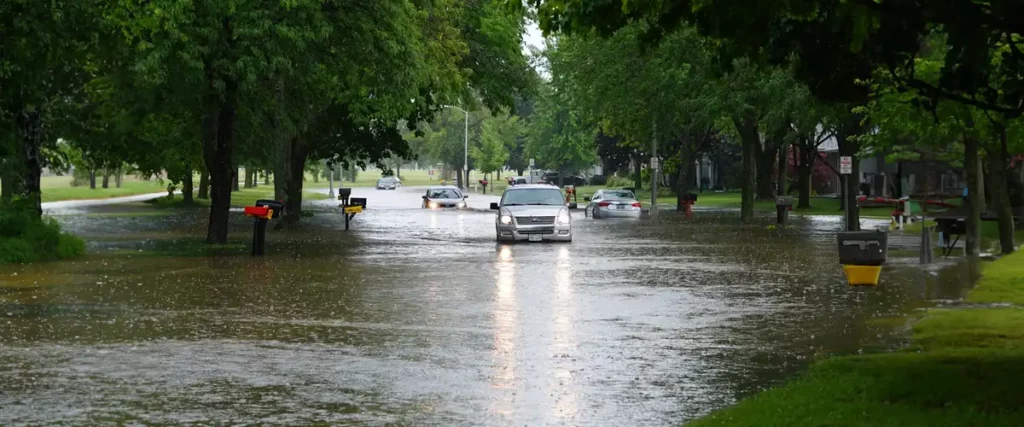
Flood Mitigation vs. Flood Preparedness
Though often interchangeably, “flood mitigation” and “flood preparedness” point to different flood management methods. Here’s the difference:
- Flood Mitigation focuses on long-term strategies to reduce or eliminate the impact of floods. One of its primary goals is to prevent flooding altogether or minimize water damage when it occurs.
- On the other hand, Flood Preparedness centers around planning and readiness for an impending flood event. It entails measures such as developing and practicing evacuation plans, preparing emergency kits, educating the public about flood risks, and setting up early warning systems.
In essence, mitigation tries to reduce flood chances or damage, while preparedness helps people quickly and efficiently react when floods are about to happen or are happening. Both are vital for a complete plan of handling floods.
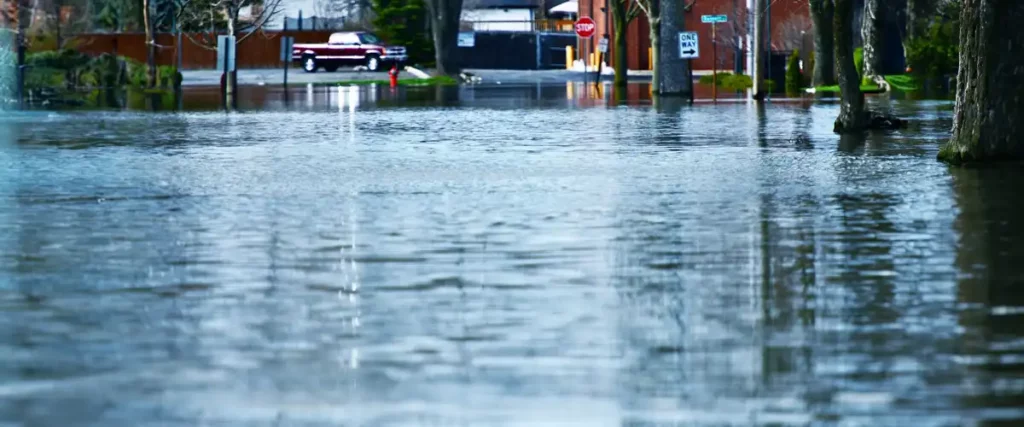
Proactive Mitigation Strategies
Mitigating flood risks is essential in ensuring a community’s safety and continued functionality, particularly in the face of increasing and unpredictable weather events.
According to the National Conference of State Legislatures (NCSL), flood mitigation strategies can be broadly categorized into two main approaches: structural and nonstructural. Here are some effective mitigation techniques below.
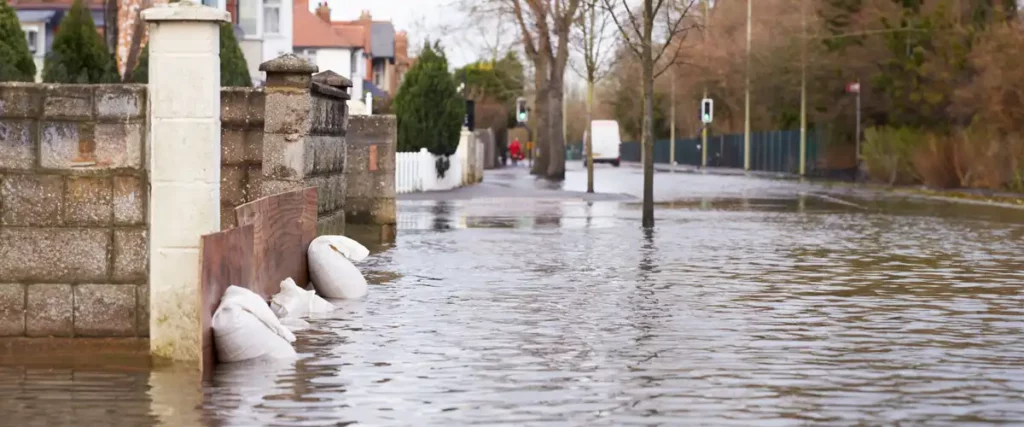
A. Building Solutions (Structural Mitigation Measures)
These are the things we build to keep the floodwater away directly.
- Floodwalls/Seawalls: Think of these as big walls that stop water from entering places we don’t want. If you know there will be a lot of rain, set up temporary walls like sandbags or blow-up barriers to keep water out.
- Floodgates: These are like doors for water. We can open or close them depending on how much water is around.
- Elevated Structures: Think of houses on stilts. They are up high so that water can’t get in.
- Levees: Raised embankments are like big mounds of earth or other materials that stop water from overflowing onto our land.
- Flood-Resistant Materials: Opt for materials that can withstand prolonged contact with water and dry out without significant damage. Avoid carpeting at ground levels, and consider stainless steel fixtures to prevent rust.
- Effective Drainage Systems: Incorporate sloped landscapes, French drains, and sump pumps to channel water away from the building. Also, ensure gutters and downspouts are routinely cleaned and direct water away from the structure.
- Ventilation: Make sure there are vents around your home’s base. These let water flow through if it rises, stopping the walls from getting pushed over.
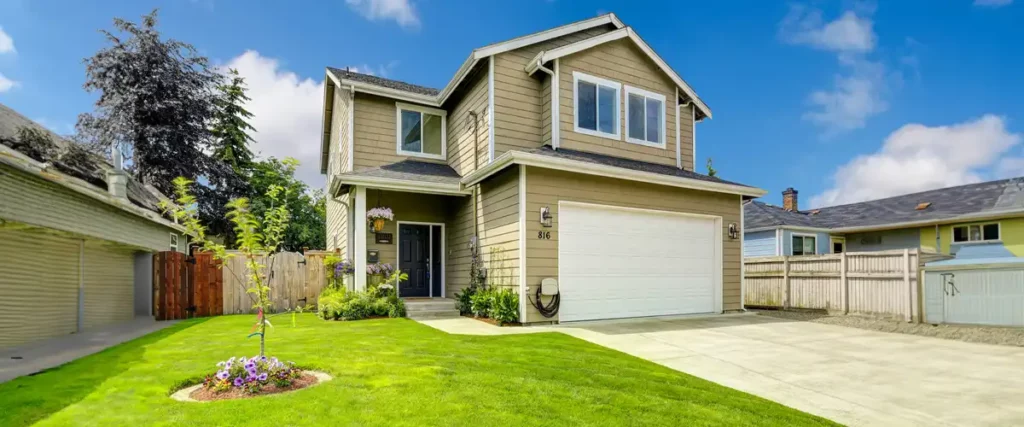
B. Smart Planning (Nonstructural Mitigation Measures)
These are strategies to make sure we don’t put our homes and buildings in harm’s way in the first place.
- Property Buyouts occur when local governments or organizations purchase homes or lands in high-risk flood areas, ensuring these spaces remain unoccupied and often transforming into parks or natural flood-absorption zones.
- Moving Away from Danger: Relocating from high-risk areas safeguards families and properties and reduces the strain on emergency services during flood events.
- Evacuation Routes: These pre-determined paths are regularly reviewed and updated to ensure residents have a clear, safe way to retreat from rising waters, making the evacuation process smoother and more organized.
- Zoning, Subdivision, and Building Codes: Local authorities set these rules to ensure that any new construction or renovation respects the natural landscape, keeping flood pathways clear and reducing potential damage in flood-prone regions.
- Green Solutions: Think of rooftop gardens or driveways that absorb rain. They act like sponges, holding rainwater and helping to prevent floods. Furthermore, imagine a garden on your roof! Green roofs have plants that soak up rainwater, slowing its flow and reducing the risk of sudden, heavy runoff, which can lead to floods.
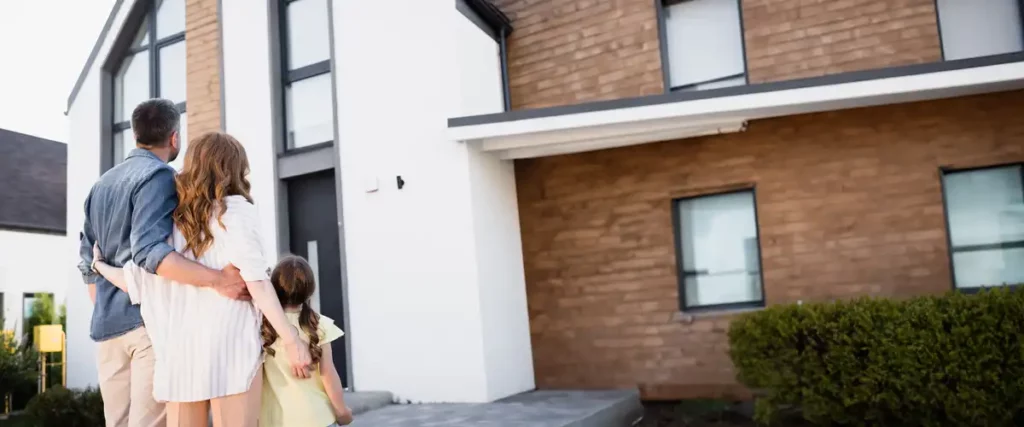
Wrapping Up: A United Front Against Floods!
While floods remain one of nature’s most unpredictable and devastating events, the flood mitigation strategies outlined above can significantly reduce their impact and damage to your home. With community-wide planning, infrastructure investments, in-home precautions, emergency preparedness, and swift post-flood actions, we can protect our properties and, more importantly, save lives.
For comprehensive planning without the headaches, consider seeking expert assistance from water damage repair services in Kansas City!
References:
- National Conference of State Legislatures. (2019). Flood mitigation. https://www.ncsl.org/environment-and-natural-resources/flood-mitigation


